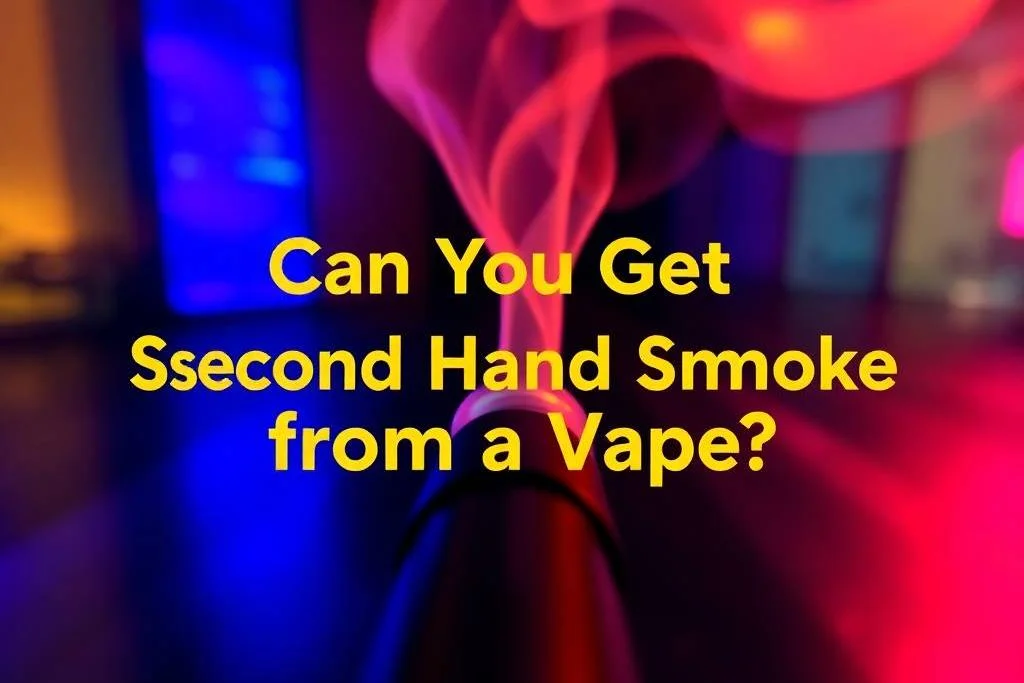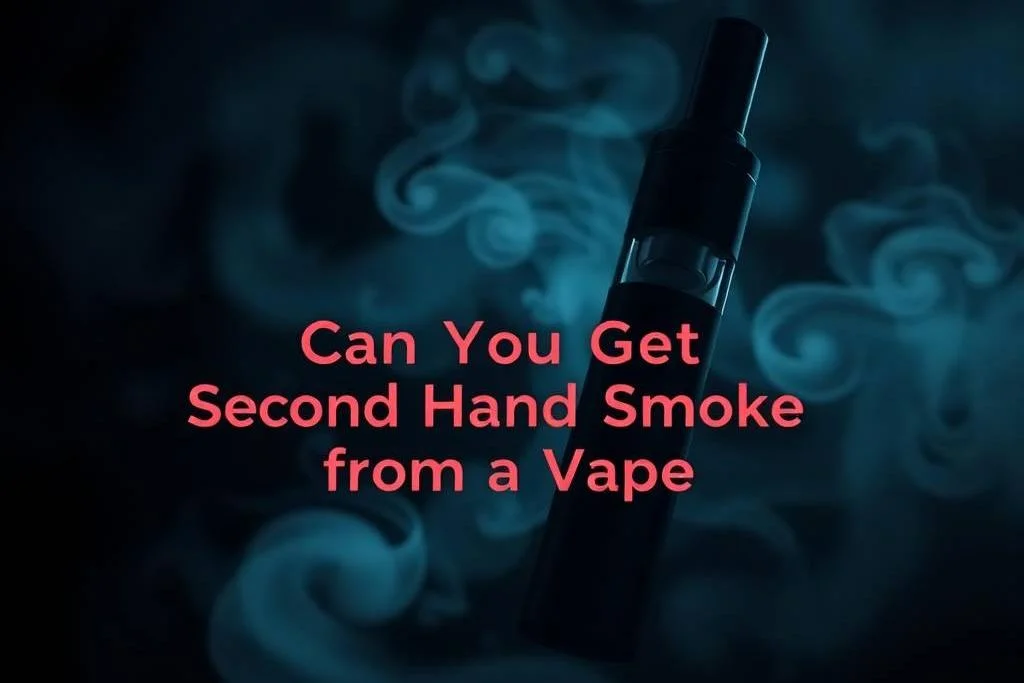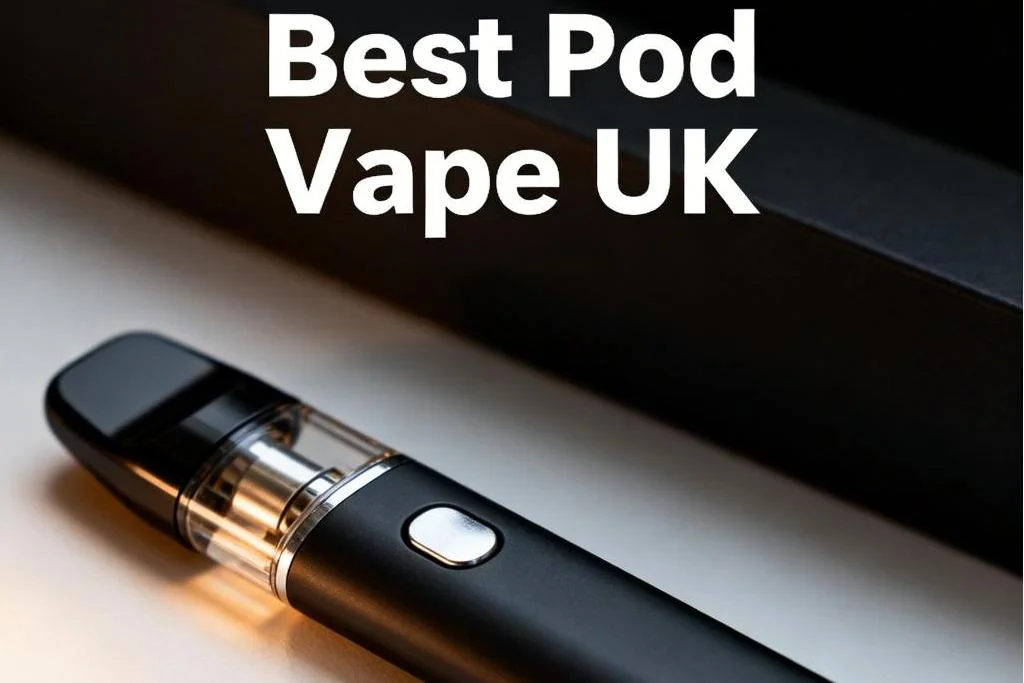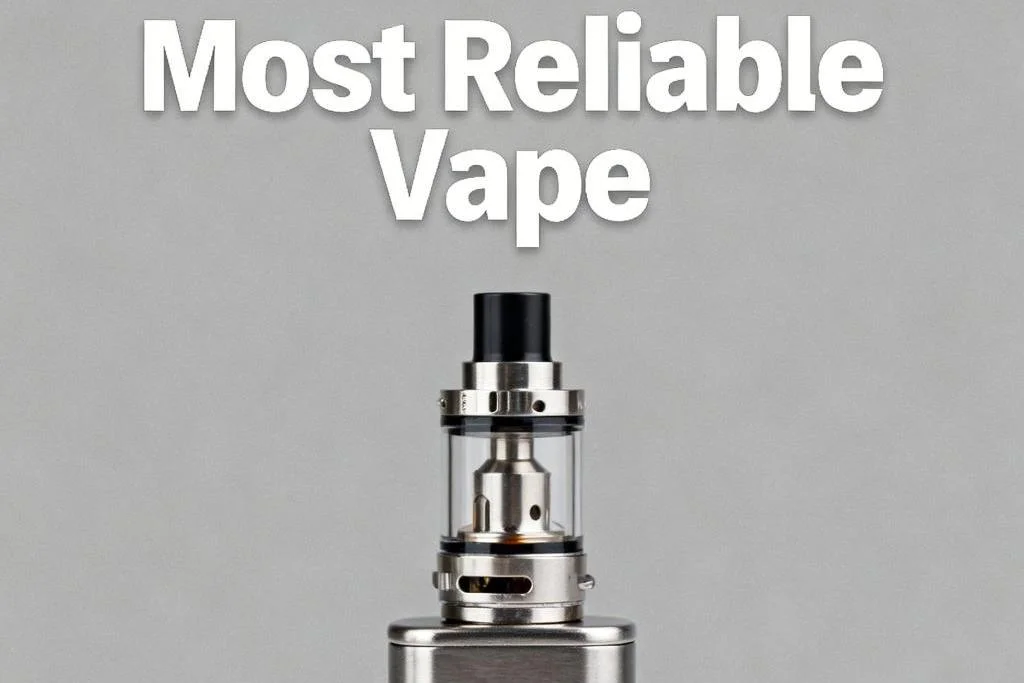Can You Get Second Hand Smoke from a Vape?
As vaping continues to gain popularity, particularly among younger adults, concerns about its safety—both for users and bystanders—are growing. One common question among non-vapers is: Can you get second hand smoke from a vape? While vaping doesn't produce traditional smoke, it does emit aerosol, leading many to wonder about the risks of passive exposure.
What Is Second Hand Smoke?
Second hand smoke, often associated with traditional cigarettes, is a mixture of mainstream smoke (exhaled by the smoker) and sidestream smoke (from the burning tip). This smoke contains thousands of harmful chemicals, including carcinogens like benzene, formaldehyde, and arsenic.

Vaping Doesn’t Produce Smoke—But That Doesn’t Mean It’s Harmless
Unlike cigarettes, vapes do not produce smoke. Instead, they release an aerosol—commonly called vapor—that forms when e-liquid is heated by a coil inside the device. This vapor is inhaled by the user and then exhaled into the air, creating what's known as second-hand aerosol or passive vaping.
While it may look and smell less offensive than cigarette smoke, the vapor still contains substances that could pose health risks, particularly in enclosed or poorly ventilated spaces.
What’s in Second Hand Vape Aerosol?
Studies have found that exhaled vapor can contain:
- Nicotine – Although usually in lower concentrations than cigarette smoke, it can still affect non-users, especially children and pregnant women.
- Ultrafine particles – These can penetrate deep into the lungs and bloodstream.
- Volatile organic compounds (VOCs) – Such as acetaldehyde and formaldehyde.
- Heavy metals – Including lead, nickel, and tin from the device's heating elements.
- Flavoring chemicals – Some, like diacetyl, are linked to respiratory issues.
Can Second Hand Vape Aerosol Harm You?
Current research is ongoing, but evidence suggests second-hand vapor is not entirely safe. The U.S. Surgeon General has stated that second hand exposure to e-cigarette aerosol can contain potentially harmful chemicals, especially for sensitive groups like:
- Infants and children
- Pregnant women
- People with asthma or respiratory illnesses
Although the risks are generally lower than those associated with second hand cigarette smoke, zero exposure is still the safest approach, especially in public spaces or homes with vulnerable individuals.

Laws on Vaping in Public Places
In response to health concerns, many states and cities have included vaping in their indoor clean air laws. That means using e-cigarettes is banned in many of the same places where smoking is prohibited, such as restaurants, schools, airports, and workplaces.
Employers, parents, and public health officials are becoming increasingly cautious about allowing vaping in shared environments due to the uncertainty around long-term effects.
Tips to Reduce Second Hand Vape Exposure
If you’re a vaper, consider these tips to minimize harm to others:
- Avoid vaping indoors, especially around children, the elderly, or pregnant individuals.
- Use your vape near open windows or in outdoor spaces.
- Be respectful of no-vaping zones and the preferences of those around you.
- Opt for low-nicotine or nicotine-free e-liquids if possible.
Conclusion
So, can you get second hand smoke from a vape? Technically, no—because vapes do not produce smoke. However, you can be exposed to second hand aerosol, which may still carry health risks, especially with frequent or prolonged contact. As more studies emerge, one thing remains clear: vaping should be treated with caution in shared environments. Being informed about the potential effects of second hand vapor is key—whether you're a user or someone sharing space with one.





